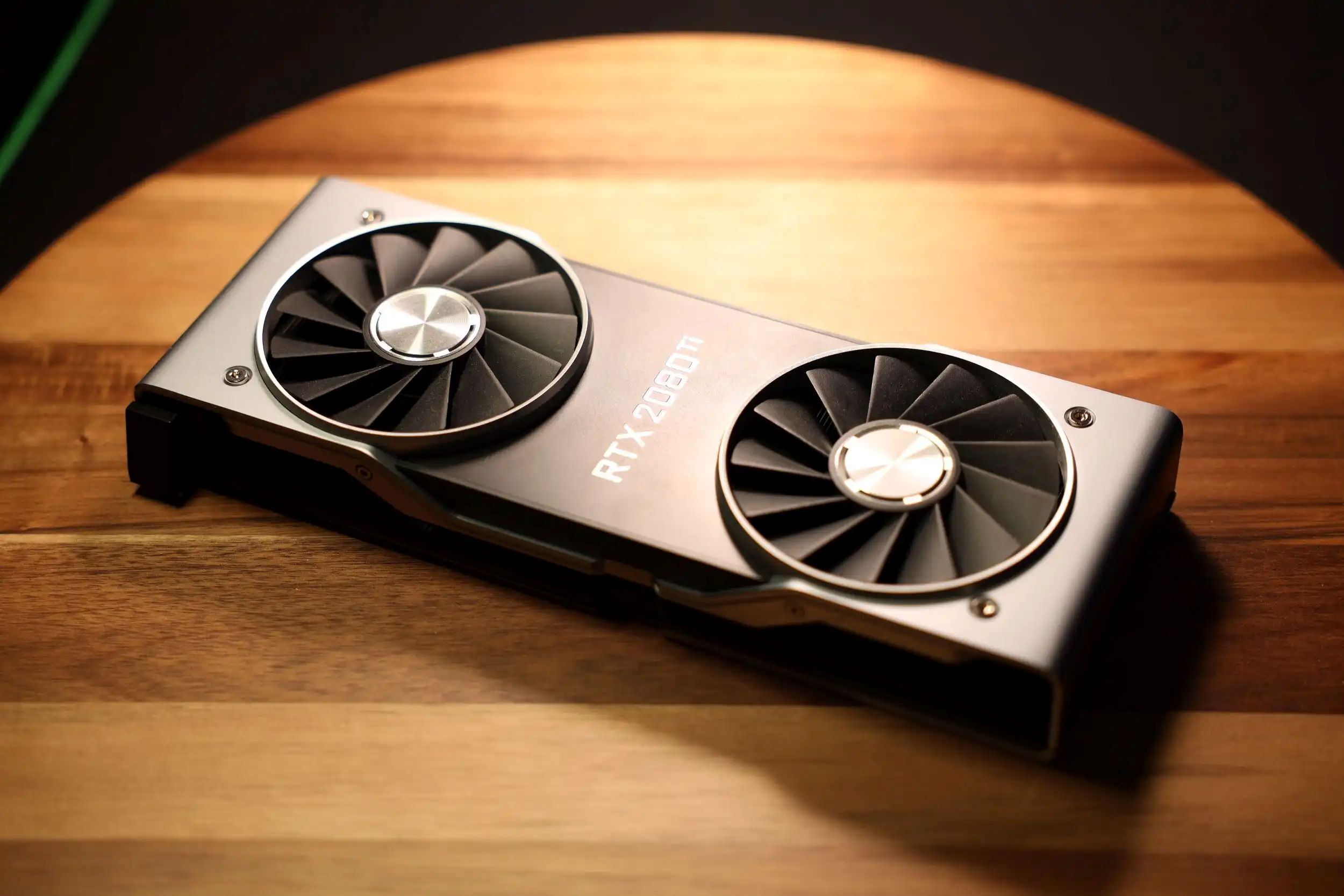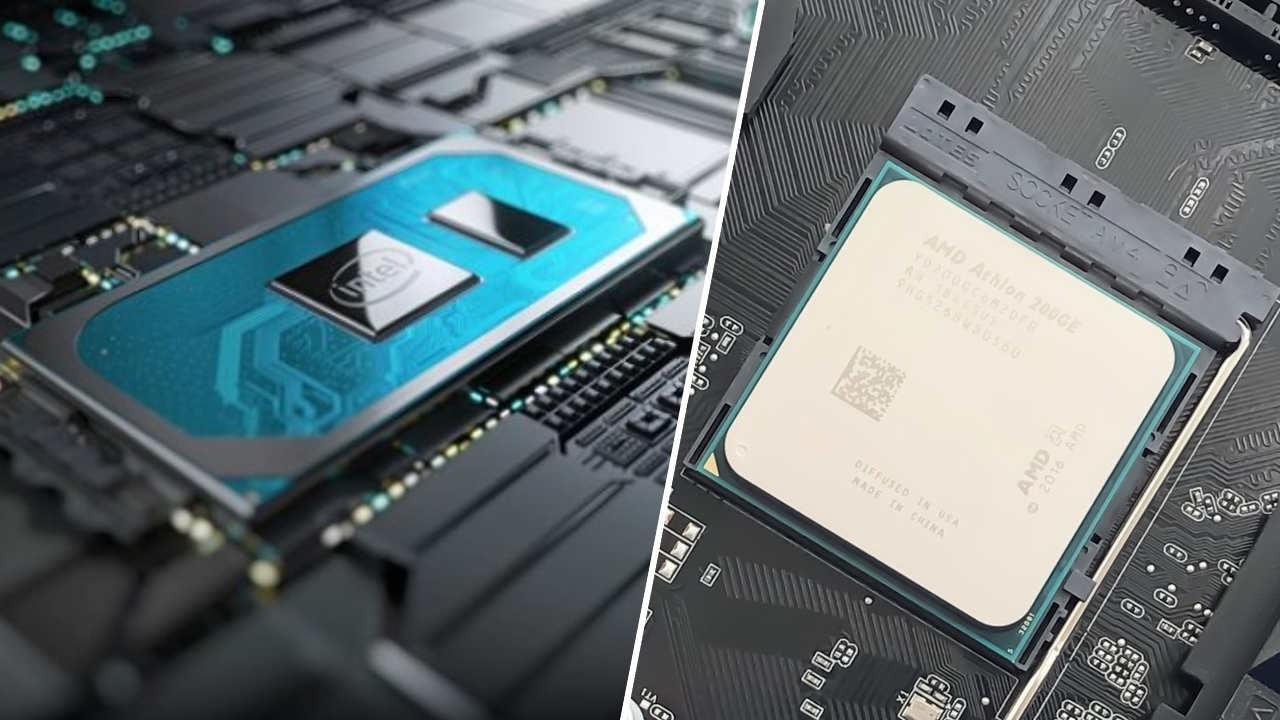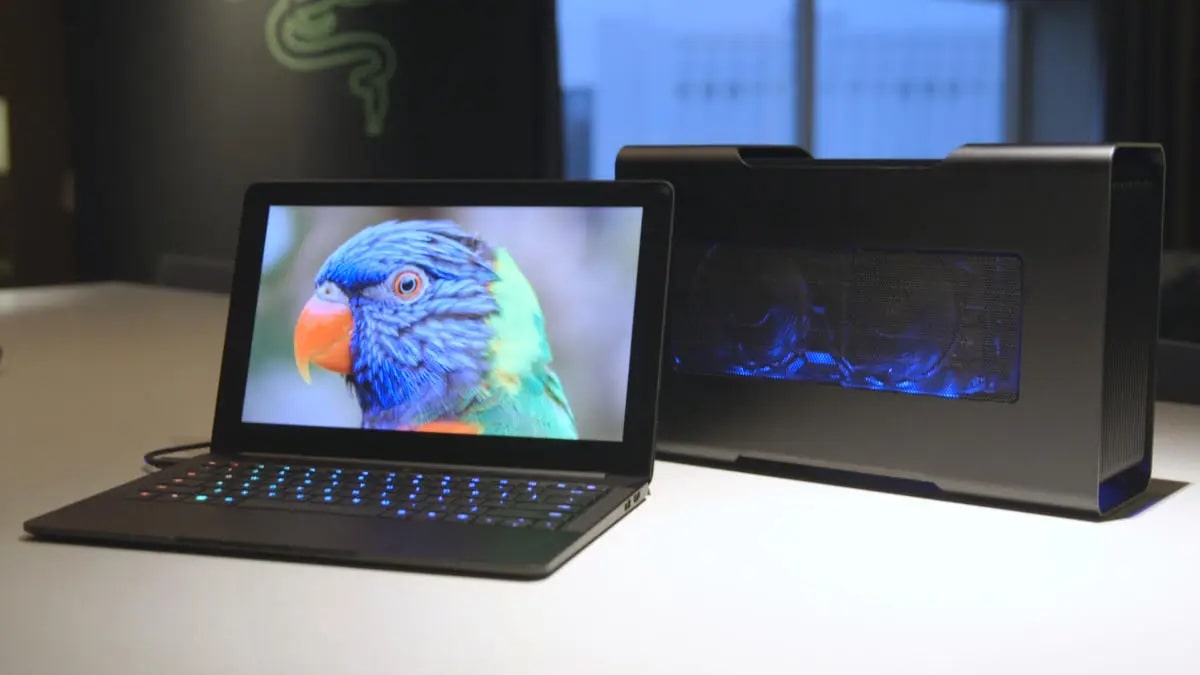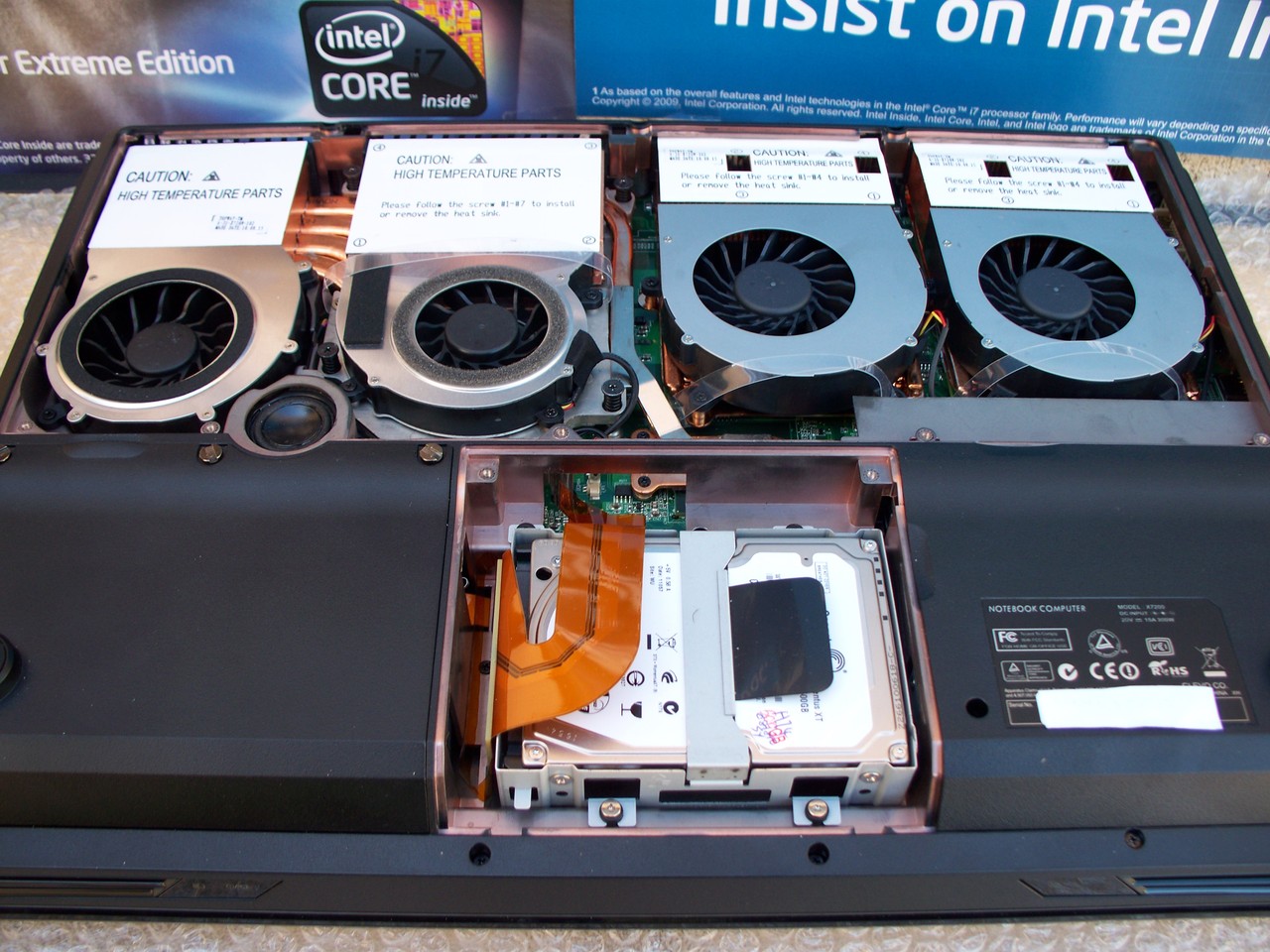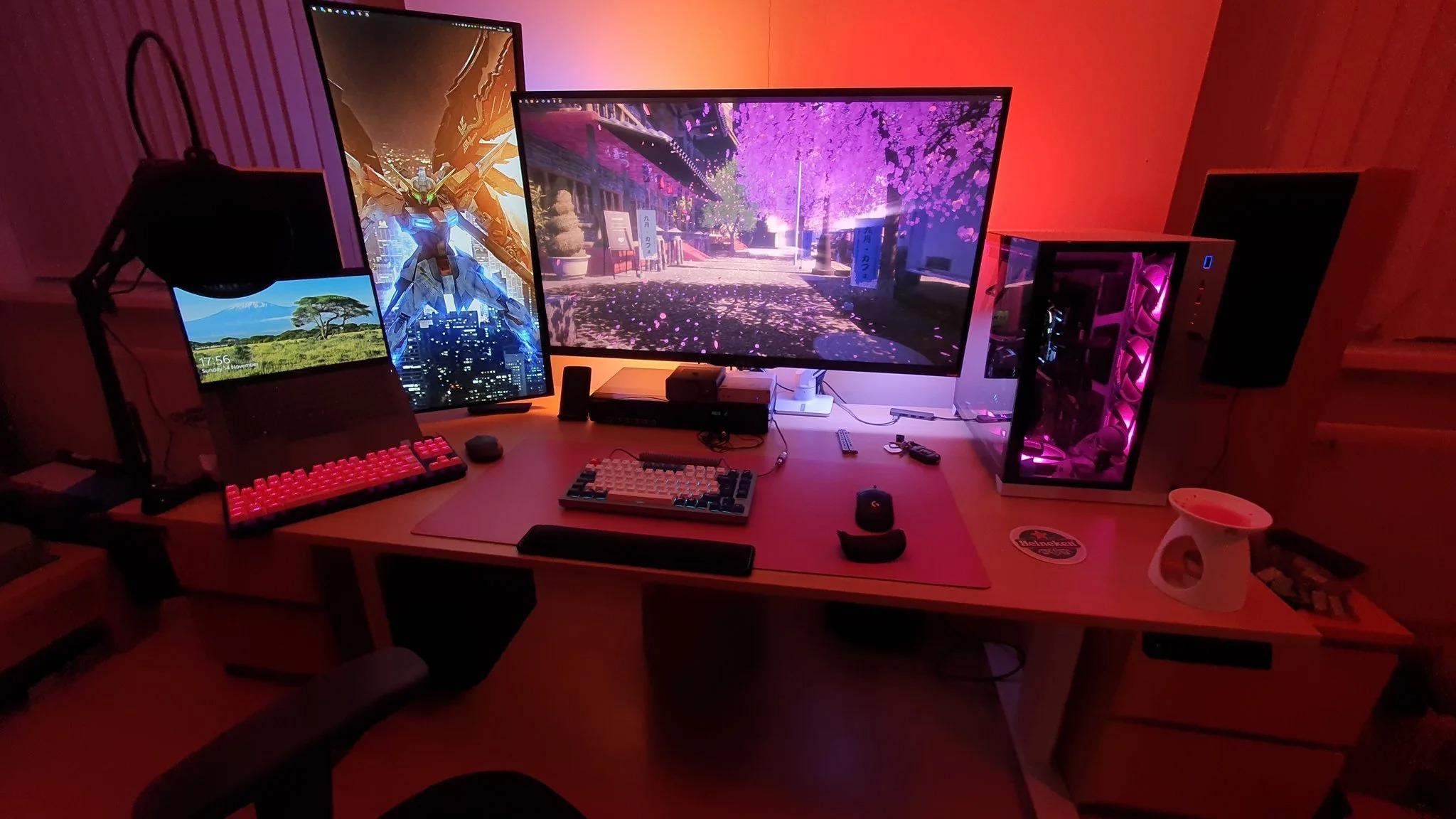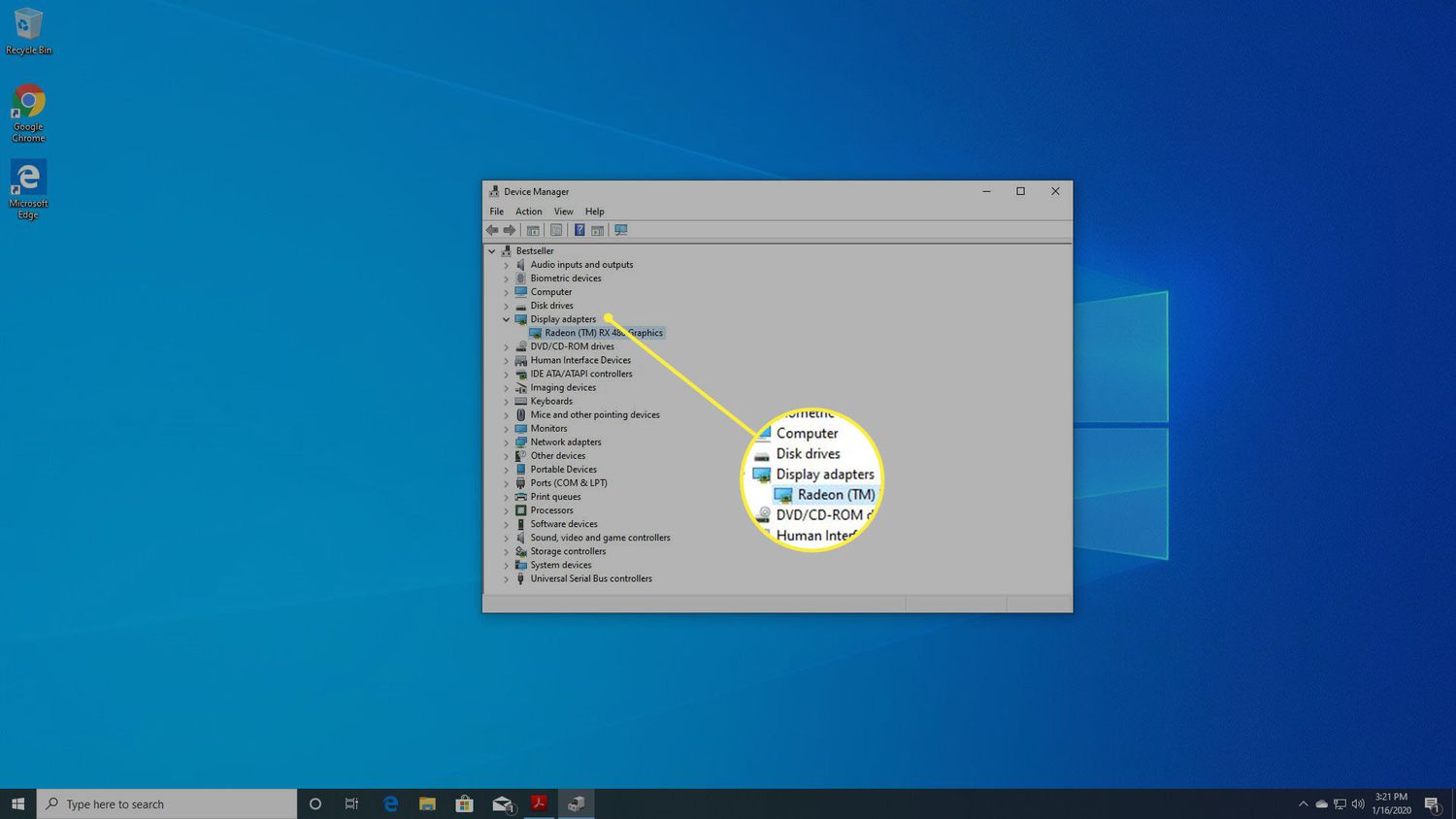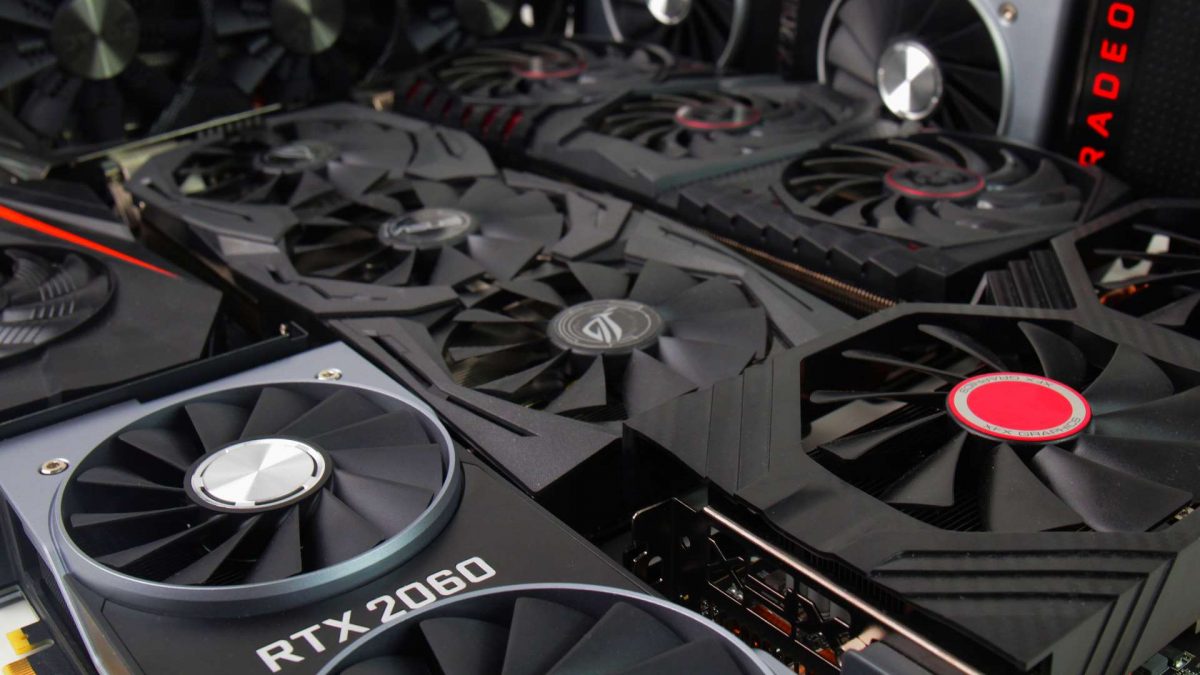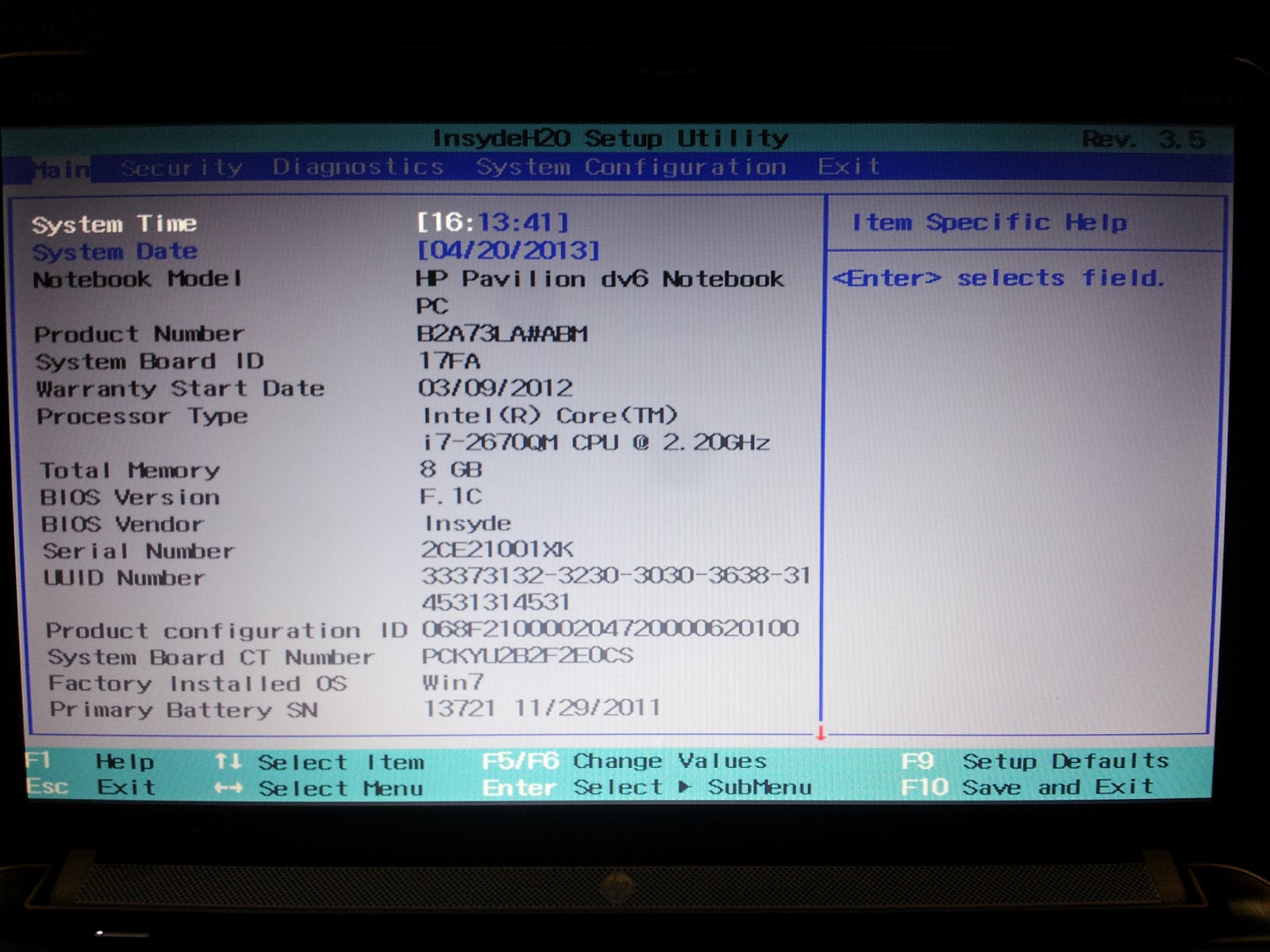Introduction
Graphics cards play a vital role in today’s technology-driven world, especially for those engaged in gaming, graphic design, video editing, or any other graphics-intensive tasks. These powerful components act as a bridge between your computer’s CPU and the monitor, transforming data into beautiful visuals. Whether you are a professional or a casual user, understanding graphics cards and their functions can greatly enhance your computing experience.
In this article, we will explore the world of graphics cards, discussing their importance, components, selection criteria, installation process, driver updates, and troubleshooting tips. By the end, you will have a comprehensive understanding of graphics cards and be equipped with valuable knowledge to make informed decisions about finding, installing, and maintaining the perfect graphics card for your needs.
Whether you are a gaming enthusiast striving for realistic and immersive gameplay or a professional designer demanding high-quality visual output, having an appropriate graphics card is crucial. It can significantly enhance your computer’s performance, allowing you to achieve excellent image quality, faster rendering times, and smoother frame rates.
However, choosing the right graphics card can be a daunting task, especially with the wide range of options available in the market. This article aims to simplify this process by providing valuable insights into graphics cards and their components, helping you understand the key factors to consider while making your selection.
Furthermore, we will guide you through the installation process, ensuring a seamless integration of the graphics card into your computer. We will also discuss the importance of keeping your graphics card drivers up to date, as outdated drivers can lead to performance issues and compatibility problems. Moreover, we will provide troubleshooting tips to help you overcome common graphics card-related issues.
So, whether you are a novice or an experienced user, this article will serve as your comprehensive guide to understanding, choosing, installing, and maintaining a graphics card. Let’s embark on this informative journey to unlock the true potential of your computer graphics!
Chapter 1: What is a Graphics Card?
A graphics card, also known as a video card or GPU (Graphics Processing Unit), is a hardware component that is responsible for rendering images, videos, and animations to be displayed on a computer monitor. It is an essential part of any computer system, particularly for tasks that demand heavy graphical processing.
The primary function of a graphics card is to take data from the computer’s CPU (Central Processing Unit) and convert it into signals that can be interpreted by the monitor to generate visual output. In other words, it accelerates the rendering process by handling complex calculations and creating detailed images at high speeds.
Graphics cards consist of various components that work together to deliver optimal graphical performance. The main elements include a GPU, memory (VRAM), cooling system, display ports, and power connectors. The GPU is the core processing unit responsible for performing calculations and rendering graphics. VRAM, or Video Random Access Memory, stores the data required for rendering images and videos effectively.
With the rapid advancement of technology, graphics cards have evolved significantly over the years. They have become more powerful, featuring higher memory capacities, faster clock speeds, and advanced cooling solutions for efficient heat dissipation. These improvements have allowed for better image quality, smoother frame rates, and enhanced overall performance.
There are two main types of graphics cards available in the market today: integrated and dedicated. Integrated graphics cards are built into the computer’s motherboard and share system memory to handle graphical tasks. They are suitable for basic computing needs, such as web browsing, document editing, and watching videos. On the other hand, dedicated graphics cards are separate components that have their own dedicated memory and processing power. They are designed for more demanding tasks, such as gaming, rendering 3D models, and video editing.
Graphics cards are essential for those who engage in activities that require intense graphical processing. Gamers, for example, rely on powerful graphics cards to enjoy visually stunning and immersive gaming experiences. Similarly, professionals working with graphic design, animation, and video editing software rely on graphics cards to handle complex tasks efficiently.
In the next chapter, we will delve deeper into the various components that make up a graphics card, enabling you to gain a better understanding of how these components contribute to its overall performance. So let’s explore the inner workings of graphics cards and discover the key factors to consider when choosing the right one for your needs.
Chapter 2: Understanding Graphics Card Components
A graphics card consists of several crucial components that work together to deliver high-performance graphics processing. Understanding these components will help you make informed decisions when choosing a graphics card that matches your specific needs.
1. GPU (Graphics Processing Unit): The GPU is the heart of the graphics card, responsible for executing complex calculations and rendering images. It determines the card’s processing power and performance capabilities.
2. VRAM (Video Random Access Memory): VRAM is a type of memory specifically designed for the storage of graphics-related data. It allows for quick access to textures, shaders, and other visual elements, resulting in smoother rendering and higher frame rates.
3. Cooling System: The cooling system, typically consisting of fans or heat sinks, is essential for dissipating the heat generated by the GPU. Proper cooling is crucial for preventing performance throttling and ensuring the longevity of the graphics card.
4. Display Ports: Graphics cards feature various display ports, such as HDMI, DisplayPort, and DVI, which allow you to connect your monitor or other display devices. The availability and type of display ports vary depending on the graphics card model.
5. Power Connectors: Graphics cards require additional power to operate effectively. Power connectors, such as PCIe power connectors, are used to supply the necessary power from the computer’s power supply unit (PSU) to the graphics card.
6. PCB (Printed Circuit Board): The PCB serves as the foundation of the graphics card, providing structural support and connecting various components together. It also includes circuits that allow communication between the GPU, VRAM, and other hardware components.
7. GPU Clock Speed: The GPU clock speed refers to the speed at which the GPU performs its calculations. Higher clock speeds generally result in improved performance, leading to smoother graphics and faster rendering times.
8. Bus Width: The bus width determines the amount of data that can be transferred between the graphics card and the VRAM in a single operation. A wider bus width allows for faster data transfer and better performance.
Understanding these components and their roles in graphics card performance is essential for selecting the right card for your needs. Gamers and professionals engaged in graphics-intensive tasks should prioritize graphics cards with higher GPU clock speeds, larger VRAM capacity, and efficient cooling systems. On the other hand, casual users with basic computing needs may opt for more affordable options with integrated graphics capabilities.
In the next chapter, we will explore the factors to consider when choosing the right graphics card, taking into account your specific requirements and budgetary constraints. So let’s dive into the world of graphics card selection and find the perfect fit for your setup.
Chapter 3: How to Choose the Right Graphics Card for Your Needs
Choosing the right graphics card can be a daunting task, given the numerous options available in the market. However, by considering certain factors, you can find a graphics card that meets your specific needs and provides excellent performance.
1. Determine your requirements: First and foremost, assess your needs and the purpose for which you will be using the graphics card. Are you a gamer, a professional designer, or a casual user? Understanding your requirements will help you narrow down your choices.
2. Budget: Set a budget that you are comfortable with. Graphics cards can vary widely in price, and having a budget in mind will help you prioritize your options and make a more informed decision.
3. Performance: Consider the level of performance you need for your tasks. Gamers and professionals might require a high-end graphics card capable of handling resource-intensive applications, while casual users may find that a mid-range card meets all their needs.
4. Compatibility: Check the compatibility of the graphics card with your existing system. Consider factors such as the available expansion slots on your motherboard, power requirements, and the dimensions of the card to ensure a proper fit.
5. VRAM: The amount of VRAM determines the card’s ability to handle high-resolution textures and complex scenes. If you work with large design files, engage in 3D modeling, or play graphically demanding games, opt for a card with higher VRAM capacity.
6. Power Requirements: Check the power requirements of the graphics card and ensure that your power supply unit (PSU) can handle it. Insufficient power supply can lead to system instability and performance issues.
7. Display requirements: Consider the number and type of displays you will be using. Ensure that the graphics card supports the desired connection types, such as HDMI, DisplayPort, or DVI, and the maximum resolution and refresh rate required.
8. Reviews and Recommendations: Read reviews, seek recommendations from trustworthy sources, and check user feedback to gain insights into the performance and reliability of different graphics card models. This can help you make a more informed decision.
By evaluating these factors, you can narrow down your options and find a graphics card that strikes the right balance between performance, affordability, and compatibility with your system. Remember to consider future upgrades and advancements to ensure longevity and compatibility.
In the next chapter, we will guide you through the process of installing a graphics card into your computer, allowing you to unleash its full potential. So let’s move on to the next step of our journey and explore the installation process in detail.
Chapter 4: Installing a Graphics Card in Your Computer
Installing a graphics card is a relatively straightforward process, but it requires careful attention to ensure a successful and hassle-free installation. Follow these steps to add a graphics card to your computer:
Step 1: Prepare your computer: Before starting the installation, shut down your computer and unplug it from the power source. This will ensure your safety and prevent any damage to the hardware.
Step 2: Open the computer case: Open the computer case to access the internal components. Refer to your computer’s manual or online resources for instructions specific to your case model.
Step 3: Locate the PCIe slot: Identify an available PCIe (Peripheral Component Interconnect Express) slot on your motherboard. This is where the graphics card will be installed. PCIe slots are longer in length and usually located near the processor.
Step 4: Remove the protective slot cover: Remove the protective slot cover from the back of the computer case corresponding to the PCIe slot you have chosen for the graphics card. This will allow you to insert the card into the slot.
Step 5: Insert the graphics card: Carefully align the graphics card with the PCIe slot and gently push it into place. Ensure that the gold contacts on the bottom of the card are facing downwards and fully inserted into the slot.
Step 6: Secure the graphics card: Once the card is inserted, secure it by screwing it into the back of the computer case. This will provide stability and prevent any accidental disconnections.
Step 7: Connect power to the graphics card: Some high-end graphics cards require additional power connections. Connect the necessary power cables from your power supply unit (PSU) to the graphics card, following the manufacturer’s instructions.
Step 8: Close the computer case: After ensuring that all connections are secure, close the computer case and fasten any screws or latches to secure it in place.
Step 9: Install graphics card drivers: Once the hardware is installed, boot up your computer and install the drivers for the graphics card. These drivers can usually be downloaded from the manufacturer’s website or included with the card itself.
Step 10: Test the graphics card: After installing the drivers, restart your computer and test the graphics card by running demanding applications or games. Monitor the performance and ensure that everything is running smoothly.
By following these steps, you can successfully install a graphics card in your computer. Remember to handle the hardware with care, ensure proper connections, and refer to the manufacturer’s instructions for any specific guidelines or troubleshooting tips.
In the next chapter, we will discuss the importance of keeping your graphics card drivers up to date and guide you through the process of updating them. So let’s move on and explore the world of graphics card driver updates.
Chapter 5: Updating Graphics Card Drivers
Updating your graphics card drivers is essential for maintaining optimal performance, as well as ensuring compatibility with the latest software and games. Here are the steps to update your graphics card drivers:
Step 1: Identify the graphics card model: Before updating your drivers, determine the exact model of your graphics card. You can find this information in the device manager or by referring to the documentation that came with your computer or graphics card.
Step 2: Visit the manufacturer’s website: Go to the website of your graphics card manufacturer, such as NVIDIA or AMD. Navigate to the driver support section or downloads page.
Step 3: Select the correct driver: Use the search functionality on the website to find the appropriate driver for your graphics card model and operating system. Download the latest version of the driver that is compatible with your system.
Step 4: Uninstall the old driver (optional): If you are updating from an older driver version, it is recommended to uninstall the existing driver before proceeding with the update. You can do this through the device manager or by using a driver uninstaller utility.
Step 5: Install the new driver: Once the new driver is downloaded, run the installer and follow the on-screen instructions. The installer will guide you through the installation process, including accepting the terms of use and selecting a installation location.
Step 6: Restart your computer: After the installation is complete, restart your computer to finalize the driver update. This will ensure that the changes take effect and that your system is ready to utilize the updated driver.
Step 7: Verify the driver installation: After rebooting, verify that the new driver has been successfully installed. You can do this by checking the device manager or using the manufacturer’s software utility to confirm the driver version.
Step 8: Test for performance and stability: Test your computer’s performance and stability after the driver update by running demanding applications or games. Monitor the system for any issues such as graphical glitches or crashes.
Step 9: Enable automatic driver updates: To ensure that your graphics card drivers are always up to date, enable automatic driver updates if available. This will allow your operating system or the graphics card manufacturer’s software to automatically install the latest drivers as they become available.
By regularly updating your graphics card drivers, you can optimize performance, fix any compatibility issues, and ensure a smooth computing experience. It is recommended to check for driver updates periodically, especially before installing new software or games that may require the latest driver versions.
In the next chapter, we will delve into troubleshooting graphics card issues and provide solutions to common problems that users may encounter. So let’s move on and equip ourselves with the knowledge to overcome any challenges.
Chapter 6: Troubleshooting Graphics Card Issues
Graphics card issues can be frustrating, but with a systematic troubleshooting approach, many problems can be resolved. Here are some common graphics card issues and troubleshooting steps to help you overcome them:
1. Display Issues: If you are experiencing a blank screen, flickering, or distorted display, first check the connections between your graphics card and monitor. Ensure that all cables are securely connected and try using a different cable if available. If the issue persists, update your graphics card drivers to the latest version.
2. Overheating: Overheating can cause performance issues and even damage the graphics card components. Ensure that the cooling system, including fans and heat sinks, is clean and functioning properly. Consider improving case airflow or installing additional case fans. You can also use software utilities from your graphics card manufacturer to monitor and control the GPU temperature.
3. Artifacts and Glitches: If you notice artifacts (visual anomalies like strange shapes or colors) or graphical glitches in games or applications, it may indicate an issue with the graphics card. Update your graphics card drivers to the latest version and adjust graphic settings in games or applications. If the problem persists, try lowering the graphics settings or testing the card in a different system.
4. System Instability or Crashes: If your computer experiences frequent crashes or freezes, it may indicate an issue with the graphics card. Ensure that your power supply unit (PSU) is providing sufficient power to the card. Update your graphics card drivers and motherboard BIOS to the latest versions. If the issue persists, try running stress tests to determine if the graphics card is faulty or incompatible.
5. Driver Conflicts: Conflicts between graphics card drivers and other software or drivers can cause stability issues. Ensure that you have the latest drivers installed and use software utilities to clean uninstall any conflicting drivers. Disable any unnecessary background applications that may be interfering with the graphics card operation.
6. Fan Noise: If the graphics card fan is excessively noisy, it may indicate a faulty fan or a need for cleaning. Check if the fan is obstructed by dust or debris and clean it if necessary. If the noise persists, you may need to replace the fan or consider aftermarket cooling solutions.
7. BIOS Settings: Incorrect BIOS settings can cause conflicts or compatibility issues with the graphics card. Ensure that the PCIe slot is set to the correct speed in the BIOS settings. If necessary, update the motherboard BIOS to the latest version recommended by the manufacturer.
If you have tried the above troubleshooting steps and are still experiencing issues, it is advised to contact the support channels of your graphics card manufacturer for further assistance. They can provide specialized guidance and diagnose specific issues related to your graphics card model and software environment.
By following these troubleshooting steps and seeking additional support when needed, you can resolve many common graphics card issues and ensure a smooth computing experience.
With this, we conclude our comprehensive guide to graphics cards, covering their importance, components, selection, installation, driver updates, and troubleshooting. Armed with this knowledge, you can make informed decisions, optimize performance, and efficiently overcome any challenges related to your graphics card.
Conclusion
Graphics cards are integral components that enhance the visual experience and performance of computers, particularly for gaming, graphic design, and video editing. Through this comprehensive guide, we have explored the world of graphics cards and gained valuable insights into their importance, components, selection process, installation, driver updates, and troubleshooting.
By understanding the functions of graphics cards, such as their GPU, VRAM, cooling system, display ports, and power connectors, users can make informed decisions when choosing the right graphics card for their specific needs. Considering factors like budget, performance requirements, compatibility, and display requirements can help ensure an optimal choice.
We have also learned how to install a graphics card properly, ensuring a seamless integration into the computer system. Updating graphics card drivers is crucial for maintaining performance, optimizing compatibility, and resolving potential issues. By following the steps provided, users can easily update their drivers and keep them up to date.
Troubleshooting graphics card issues can be challenging, but with the help of key troubleshooting steps, users can overcome common problems like display issues, overheating, artifacts and glitches, system instability, driver conflicts, fan noise, and BIOS settings that may affect the graphics card’s performance.
Graphics cards continue to evolve, offering improved performance, better cooling solutions, increased VRAM, and advanced features. Staying up to date with the latest advancements and regularly checking for driver updates is essential to maximize the potential of your graphics card and ensure a smooth computing experience.
With the knowledge gained from this guide, individuals can make well-informed decisions regarding graphics cards, optimize their performance, troubleshoot common issues, and ultimately enjoy impressive visuals and smooth graphics-intensive experiences.
Now it’s time to put this knowledge into practice and embark on a journey of immersive gaming, stunning visual design, and seamless video editing with a well-chosen and well-maintained graphics card!







